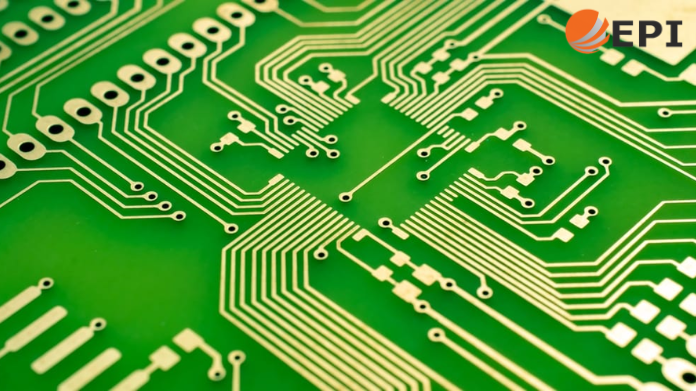PCB

EPI Vietnam Technologies: Pioneering Excellence in PCB Distribution
In today’s rapidly evolving technological landscape, Printed Circuit Boards (PCBs) have become the fundamental building blocks that power a wide range of electronic devices and systems. From consumer electronics to aerospace applications, PCBs play a crucial role in enabling seamless connectivity and efficient operation. Amidst this technological revolution, EPI Vietnam Technologies has emerged as a trailblazer in the distribution of high-quality PCBs, offering a comprehensive array of services that cater to the diverse needs of industries worldwide.
EPI Vietnam Technologies stands out in PCB distribution with its diverse product portfolio, offering single-layer, double-layer, and multi-layer PCBs built to stringent quality standards. Utilizing advanced technology and manufacturing, the company ensures its products exceed client expectations.
What truly sets EPI Vietnam Technologies apart is its focus on customization. Understanding that each industry has unique requirements, the company collaborates closely with clients to deliver tailored PCB solutions for applications ranging from high-performance computing to industrial automation.
Committed to innovation, EPI Vietnam Technologies continuously explores emerging technologies to stay ahead of industry trends. Serving automotive, telecommunications, aerospace, consumer electronics, and more, its distributed PCBs power advancements across industries.
With a dedication to quality, customization, and cutting-edge technology, EPI Vietnam Technologies remains a trusted leader in PCB distribution, bridging innovation and industry needs.
Contact EPI Vietnam Technologies Design Services
If you are interested in this services, please contact us.



 English
English  Tiếng Việt
Tiếng Việt 




